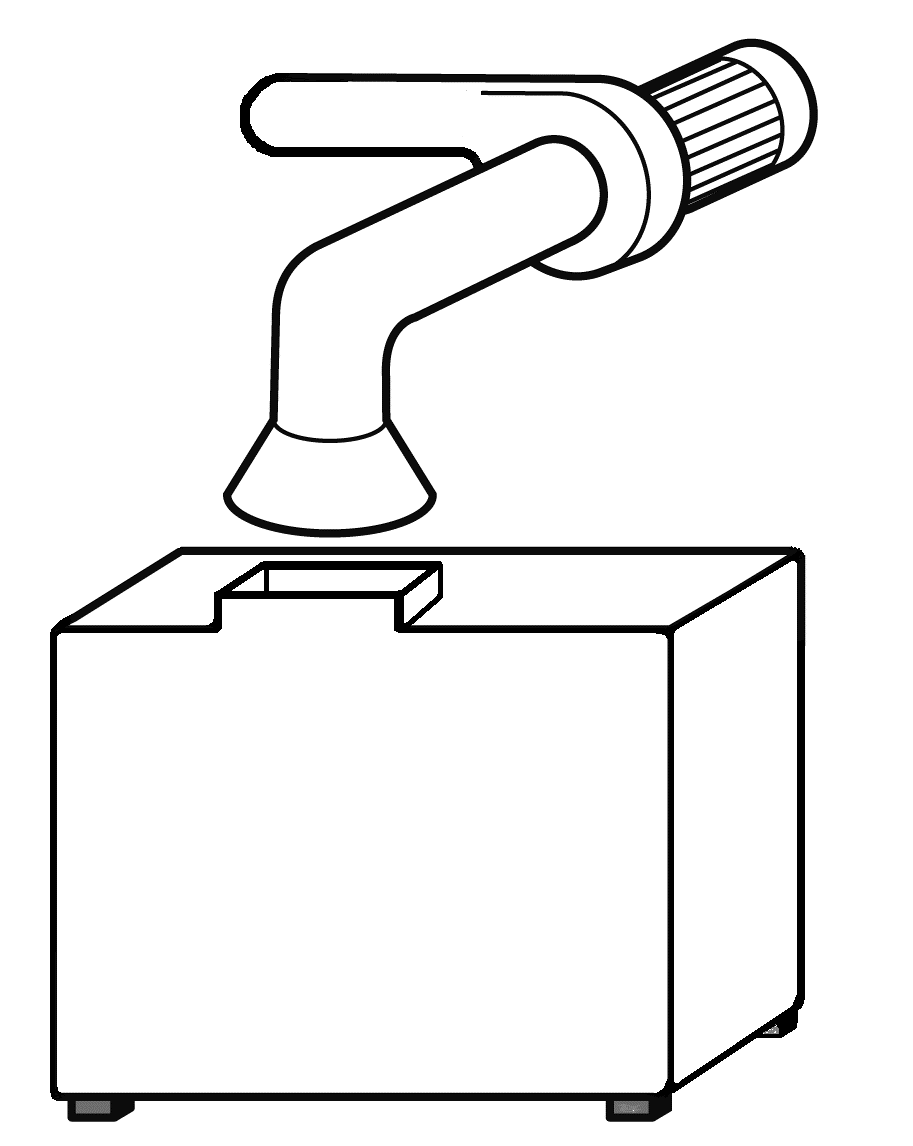With over 45 years experience in the industry Tecmec is able to offer advice and share experience on all aspects of Atomic Absorption Spectroscopy.
Exhaust Ventilation Systems
It is essential to exhaust the combustible products and small amounts of sample vapours from all AAS. The fan will need to handle temperatures which are greater than 100 °C and sometimes up to 250 °C. Tecmec has supplied and installed over 300 exhaust ventilation systems in laboratorys. Fans, Hoods and Duct Kits are also available, contact us for further information.

Gasses
AA instruments may require some or all of the following gasses:
- A 22 psi Acetylene system
- Clean Compressed air
- Nitrous Oxide system
- Cylinder Argon (AA) Liquid Argon (ICP)

Cylinders can now be obtained filled to 300 bar pressure, (accept for Acetylene) your equipment and installations should be thoroughly checked before using any such cylinder. Once any Industrial Gas supply becomes a permanently piped installation you should refer to the B.C.G.A recommendations.
Any compressed gas which is stored in a cylinder becomes a potential explosive device if exposed to any form of heat, whether it be a flammable gas or inert gas. An oxidant gas can become an accelerator to any fire, so the placement of the cylinder with reference to a flammable gas is strictly controlled during storage and usage. Any gas cylinders must always be easily accessible, well restrained and placed in a good naturally vented area preferably outside a building.
Flash Back Arrestors (F.B.A.) are always used on oxidants and flammable gases, usually on the manifold itself and at the point of use (i.e. Line leader regulator outlet point).
They should be protected from vandalism and potential damage from lift trucks, cars, lorries etc., and the weather if possible. Gas cylinders should be kept away from windows and doors, air intakes for air conditioning and compressors as a risk of any leak could cause an explosion or fixating atmosphere. Signs for no smoking or naked lights should be placed in the vicinity, and the area must be kept clean from all combustible materials, undergrowth, paper, chemicals, oil etc. All gas installation should have isolation valves external to a building which are accessible, and are in addition to the cylinder valves.
